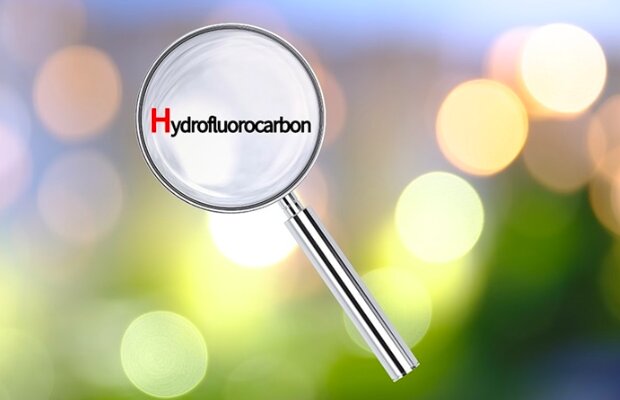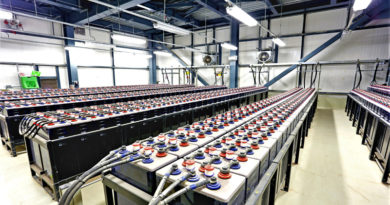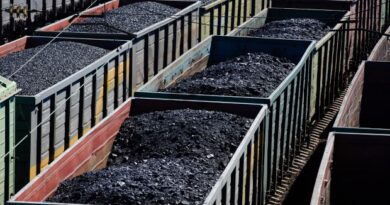Ac’s, Refrigerators to be Cleaner as Govt Starts Phase Out of HFC’s

The Union Cabinet has approved the ratification of the Kigali Amendment to the Montreal Protocol on Substances that Deplete the Ozone Layer for phasing down Hydroflurocarbons (HFCs) in India, adopted on October, 2016, at the 28th Meeting of the Parties to the Montreal Protocol held at Kigali, Rwanda (East Africa).
HFCs are a group of industrial chemicals primarily used for air conditioning and refrigeration. Many HFCs are short-lived climate pollutants. The most abundant of these, HFC-134a, is 3,790 times more damaging to the climate than climate dioxide (CO2) over a 20-year period.
Some of the commonly used alternatives to HFCs in different sectors are propane (R290), isobutane (R600a), ammonia (R717) and carbon dioxide (R744). These refrigerants offer lower cost, have low GWP and high energy efficiency compared to their fluorinated counterparts.
While HFCs do not deplete the stratospheric ozone layer, they have high global warming potential, which has an adverse impact on climate. HFC emissions are expected to grow quickly without action. Under the Kigali Amendment, countries have committed to reduce the production and use of these gases by 2050.
The government believes that the proposed HFC phase down will curb greenhouse gas emissions, helping prevent climate change. The industries producing and consuming HFCs will phase them out as per the agreed schedule mentioned below and gradually transition to non-HFC and low global warming potential technologies.
The following implementation strategy and targets have been put forth by the government:
- National strategy for phase down of HFCs as per the applicable phase down schedule for India will be developed after required consultation with all the industry stakeholders by 2023.
- Amendments to the existing legislation framework, the Ozone Depleting Substances (Regulation and Control) Rules, to allow the appropriate control of the production and consumption of HFC to ensure compliance with the Kigali Amendment will be done by mid-2024
The government has also outlined the expected impact of the phase down, including employment generation potential:
- Preventing the emission of up to 105 million tonne of CO2 equivalent of greenhouse gases, helping to avoid up to 0.5 degree Celsius of global temperature rise by 2100, while continuing to protect the ozone layer.
- Implementation of HFC phase down under the Kigali Amendment through the adoption of low-global warming potential and energy-efficient technologies will achieve energy efficiency gains^ and carbon dioxide emissions reduction – a “climate co-benefit.”
- HFCs phase down implementation will involve synergies with on-going government programmes and schemes of the Government of India with the objective to maximize the economic arid social co-benefits, besides environmental gains.
“There would be scope for domestic manufacturing of equipment as well as alternative non-HFC and low-global warming potential chemicals to enable the industry to transition to the low global warming potential alternatives as per the agreed HFC phase down schedule. In addition, there would be opportunities to promote domestic innovation for new generation alternative refrigerants and related technologies,” says the government.
The Montreal Protocol on Substances that Deplete the Ozone Layer is an international environmental treaty which aims to protect the ozone layer by phasing out the production and consumption of man-made chemicals referred to as ozone depleting substances (ODS). The stratospheric ozone layer protects humans and the environment from harmful levels of ultraviolet radiation from the sun.
India became a Party to the Montreal Protocol on June 19, 1992, and since then has ratified the amendments to the Protocol. The country has successfully met all the phase out targets of the Ozone Depleting Substances as per the Montreal Protocol schedule.




